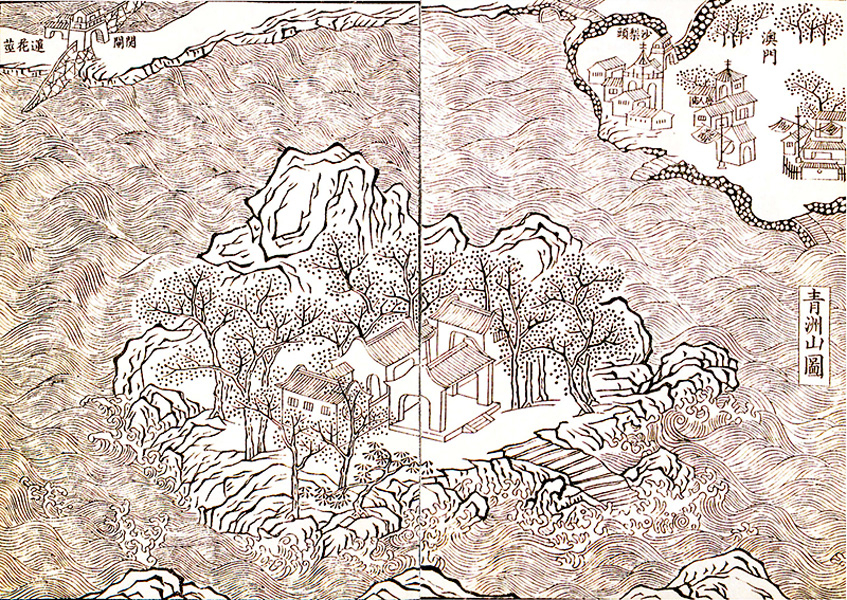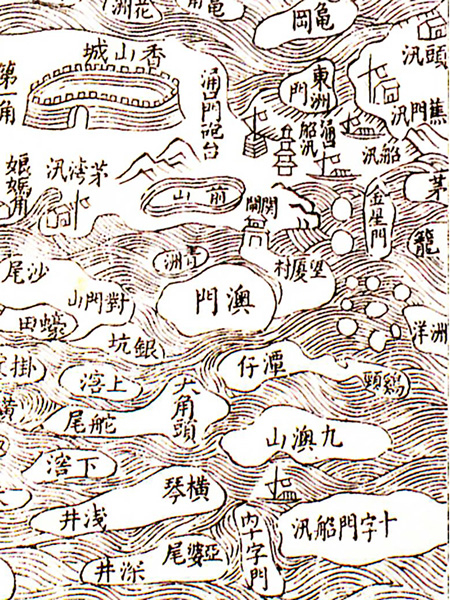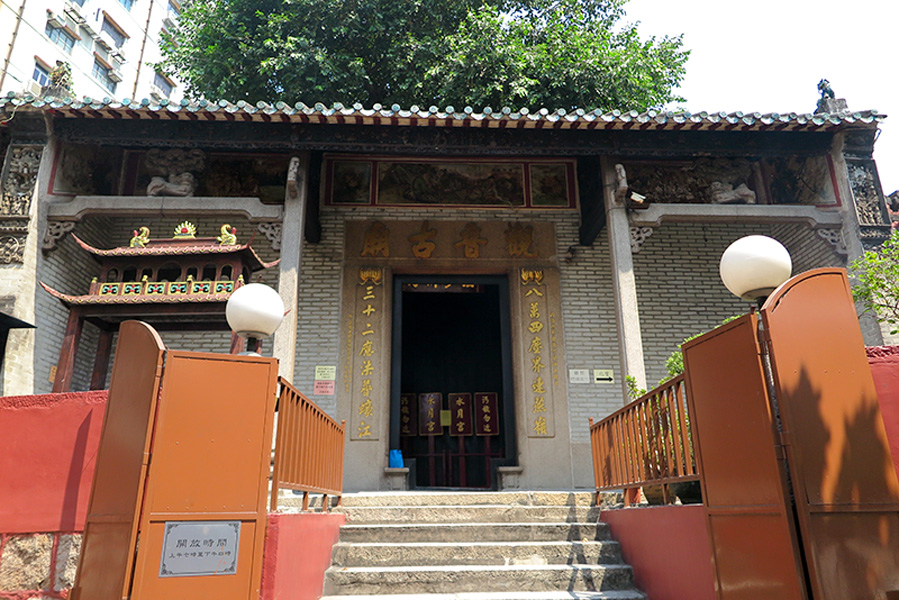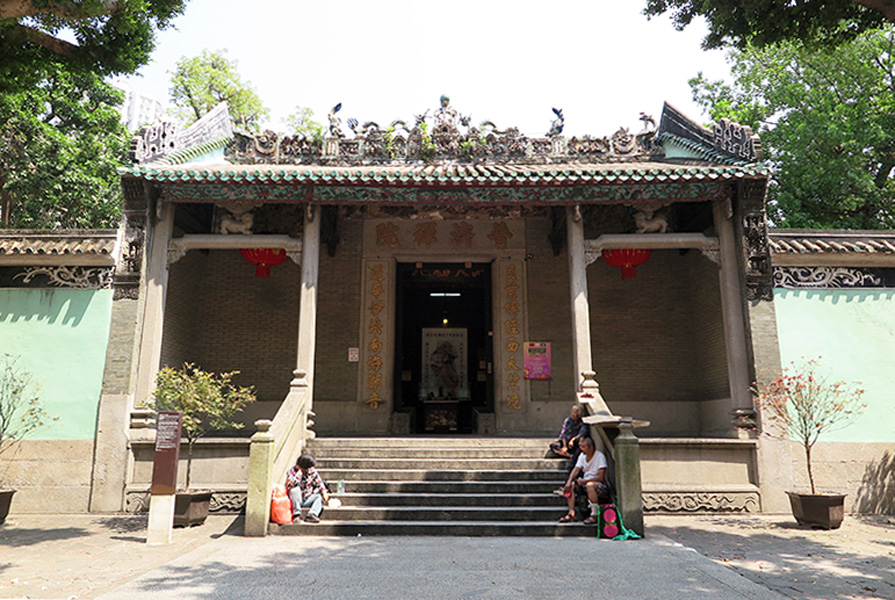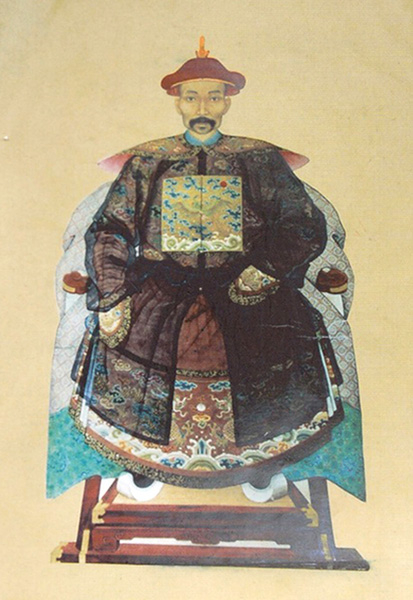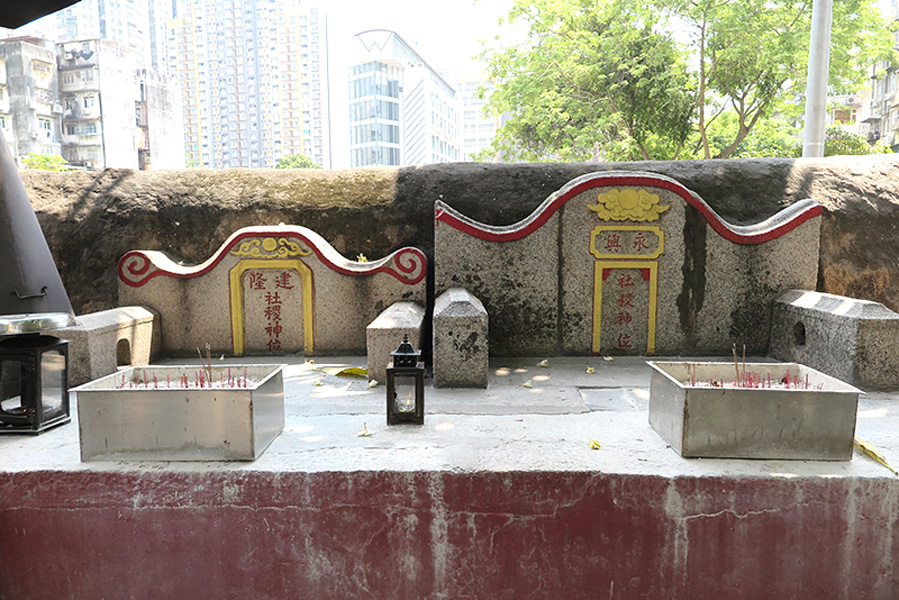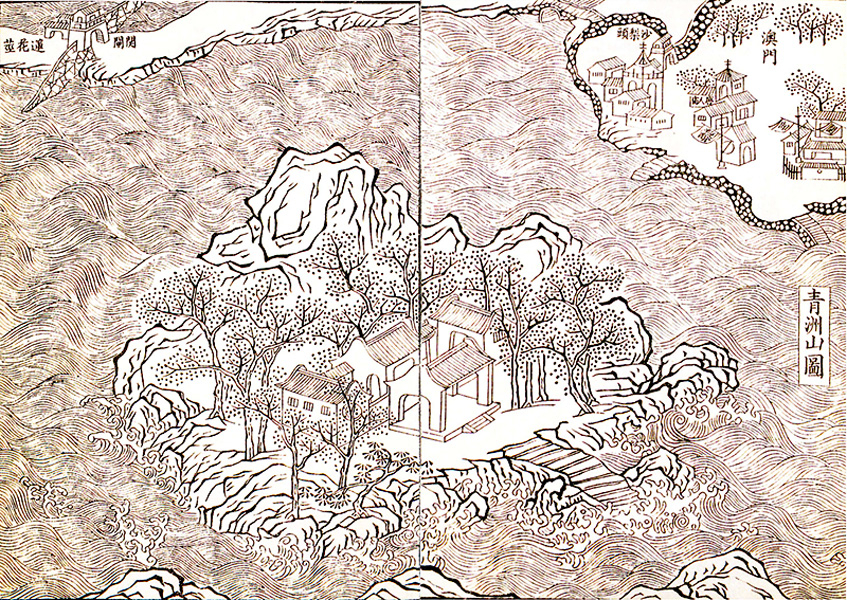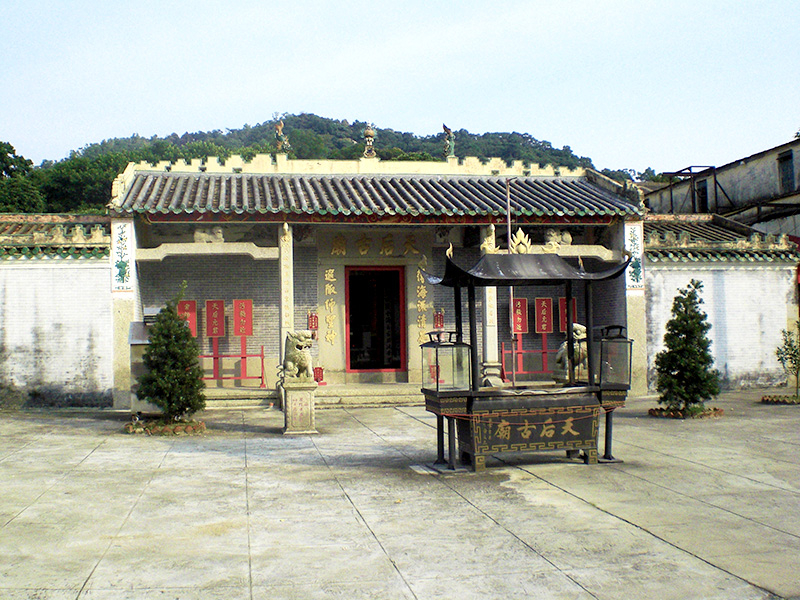In the 18th century, the Macao Peninsula hosted the booming city of Macao (Macau), a home to the Portuguese. Outside the city were Chinese villages, including Mong-Há, Long Tin, San Kio, Sa Kong, Patane, and Tap Seac, and the island villages of Taipa, Coloane, Ká-Hó, and Hac Sa.
Legend has it that the villages outside the city wall were established by remnants of the late Song dynasty (宋朝), but studies believe they were formed in the mid-Ming dynasty (明朝) by the Chinese who went to Macao for business or work. As the villages developed, people built shrines and temples to worship their patron gods. Mong-Há and Long Tin were the biggest villages during that period. However, the villages were gradually merged into districts after the Portuguese urban expansion since 1847. Only some of the temples and relics remain to tell the stories of the bygone age.
|
|
The story of the last Song emperor’s southward flee circulates in Hong Kong. Is Macao part of it? |
|
|
See answer below. |
In Aomen Jilüe (A Brief on Macao, 《澳門記略》), the authors Yin Guangren (印光任) and Zhang Rulin (張汝霖) included an illustration of maritime garrisons of the Qing dynasty (清朝). The Macao Peninsula, Taipa, and Coloane are mapped in the drawing.
Tou Tei Temple in Patane was erected on the former site of Wing Fok Ancient Shrine. A pavilion was added in 1789.
Kun Iam Temple in Mong-Há Village was built sometime after 1821.
Pou Chai Temple or Kun Iam Tong was one of the three oldest temples in Macao. It was built in the late Ming dynasty.
Zhao Yuanlu (趙元輅), a local personality of Mong-Há Village.
In the mid-Qing dynasty, Macao saw its first private school established in Mong-Há Village by Zhao Yuanlu and his son Zhao Yunjing (趙允菁). They both passed the imperial examination at the provincial level during the Jiaqing (嘉慶) Reign of the Qing dynasty, which became a much-told tale. The Zhao’s private school taught the Four Books and Five Classics of Confucianism and the skills of writing the eight-legged essay, poems, and couplets. Famed alumni included Zhao Ziyong (招子庸, the author of Cantonese Love-songs ﹝《粵謳》﹞) and Zeng Wangyan (曾望顏).
Wing Hing Temple and Kin Long Temple outside Kun Iam Temple were transferred from Long Tin Village (in today’s Flora Garden area), which was demolished in the late 19th century. The villagers moved the temples to Mong-Há Village, making them the only relics preserved from Long Tin Village.
Lin Fong Temple, one of Macao’s three oldest temples, was constructed in 1723. Upon its completion, it was reserved for Chinese officials sent to Macao during the Qing dynasty.
The Ilha Verde Hill mentioned in Aomen Jilüe was an island to the northwest of the Macao Peninsula. It became a part of the Peninsula after the land reclamation project in the late 19th century.
The Ancient Temple of Tin Hau was once the most magnificent temple on the Island of Coloane. Some believed it was built sometime between 1662 and 1722. However, an ancient clock in the temple suggests 1763.
The Chinese character of “Song Emperor Jade” engraved on a stone at Tou Tei Temple in Patane.
|
|
The story of the last Song emperor’s southward flee circulates in Hong Kong. Is Macao part of it? |
|
|
The story of the last Song emperor also circulates in Macao. Wang Zhaoyong (汪兆鏞), a Qing politician who lived to see the Republican Era, believed that the last Song emperor sought refuge in the bay area of Patane, Macao. The Chinese characters “Wing Fok Ancient Shrine” inscribed on the stele in Tou Tei Temple supports this argument because it corresponded to the Wing Fok Mausoleum where the emperor was buried. It is thought that the Song adherents built the temple to commemorate the Song court. However, Macao historians opposed Wang’s argument. |
Photo courtesy of Mr. Alex Lou, Vice Chairman of The Heritage Society.




